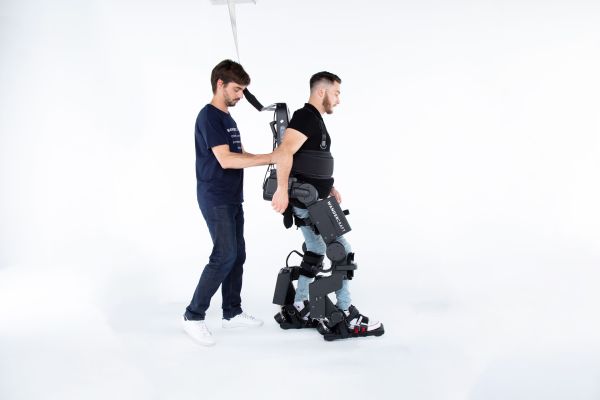
French robotic exoskeleton maker Wandercraft eyes US expansion courtesy of a $45M Series C
Wandercraft was founded in 2012, with the vision of improving mobility of wheelchair users. The company’s solution comes by way of exoskeletons, which can offer wearers the ability to walk with robotic assistance. In 2019, the Parisian firm launched Atalante, a self-balancing exoskeleton with 12 degrees of freedom that relies on walking on algorithms to determine a user’s gait.
Today, the firm announced that it has closed a $45 million Series C, which more than doubles the $30.5 million the company has raised to-date. The round was led by Quadrant Management, a U.S.-based firm, along with existing investor Bpifrance. Quadrant’s participation is particularly noteworthy here, as it finds the company expanding Atalante’s reach beyond Europe, into the United States.

“We are super excited to have attracted world-class investors from the USA and Europe to advance the development program of the company,” the company’s CEO Matthieu Masselin said in a release. “With the support of patients, medical professionals and the DeepTech community, Wandercraft’s team has created a unique technology that improves rehabilitation care and will soon enable people in wheelchairs to regain autonomy and improve their everyday health.”
The company will be entering a crowded market as it takes on the U.S., which is home to a number of prominent exoskeleton companies, like ReWalk Robotics, Ekso, SuitX and Sarcos, which have thus far raised a ton of money and announced some high-profile partnerships. One of the things that sets the company apart, however, is a fairly single-minded focus on user mobility, where much of the competition also focuses on things like labor and or a military audience.
That means, in, part, partnering with hospitals and other healthcare providers.
Source: TechCrunch




